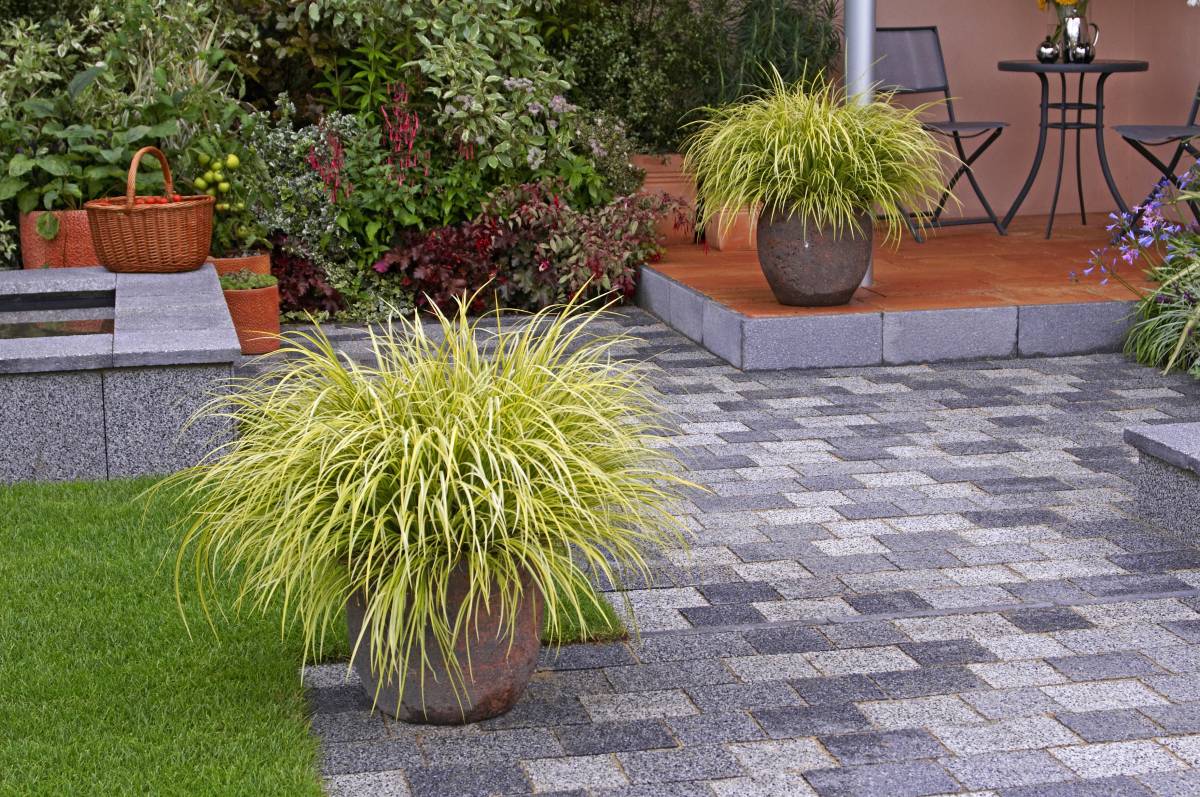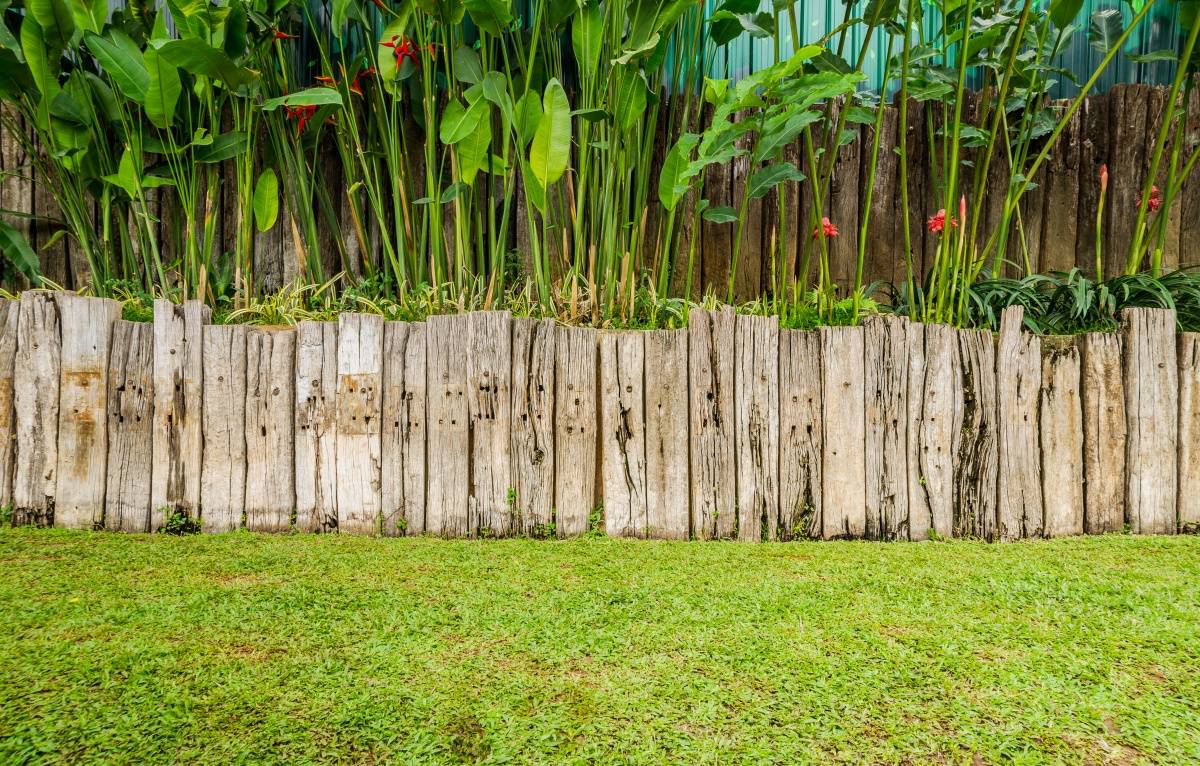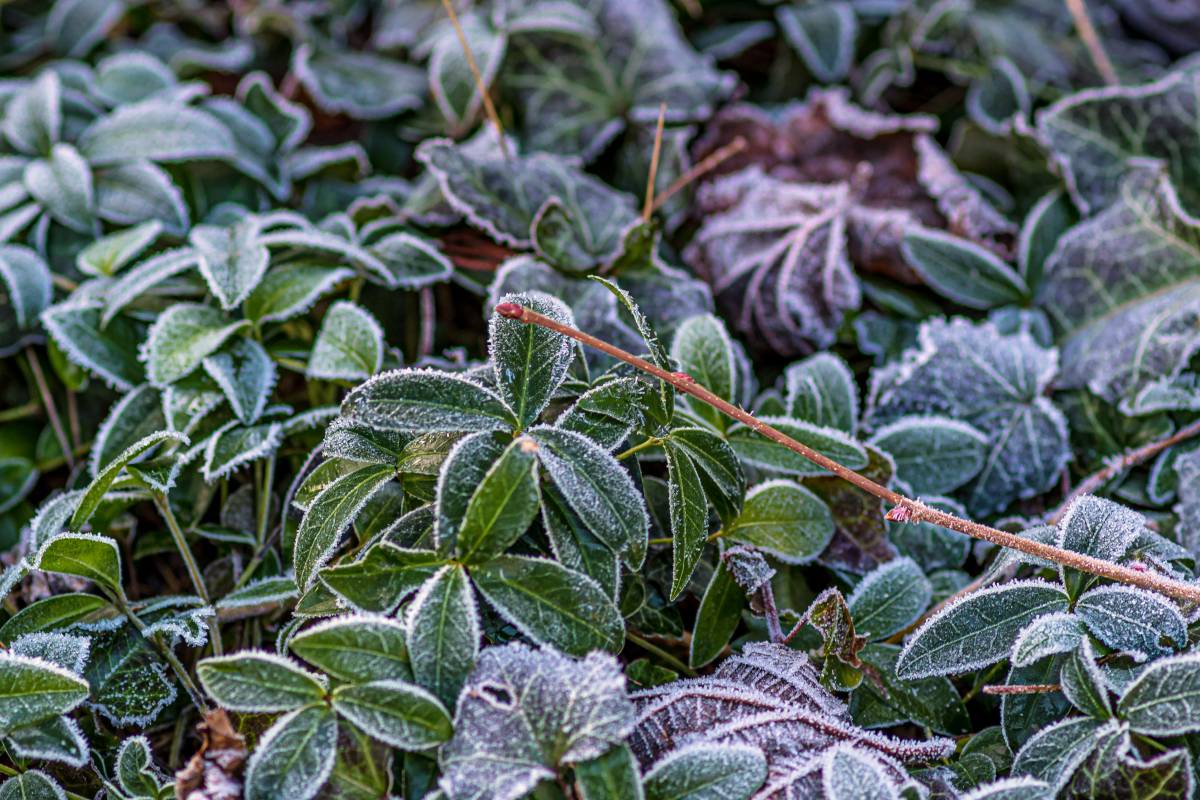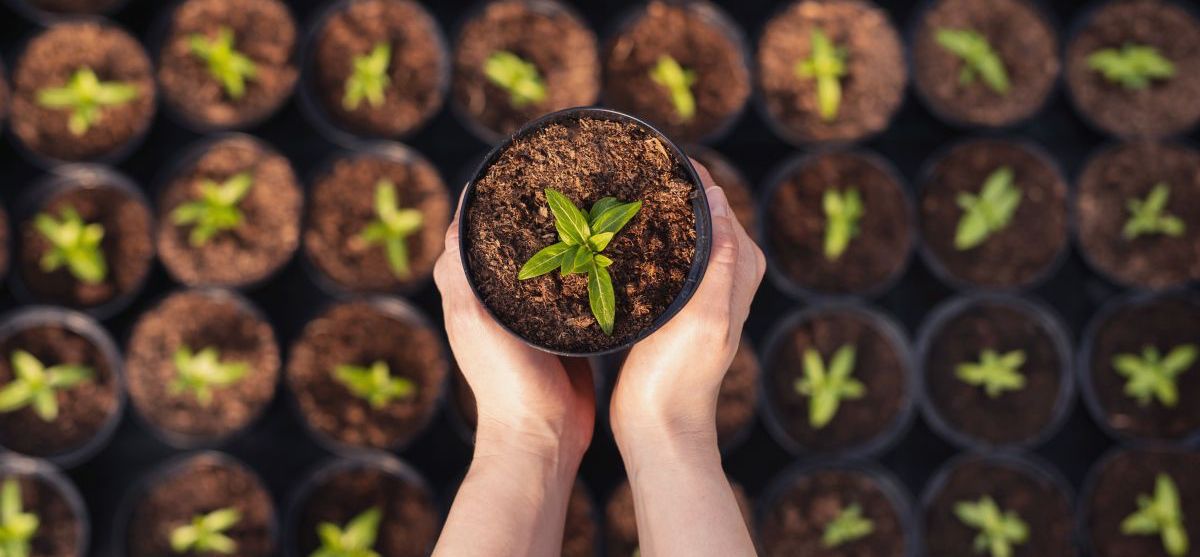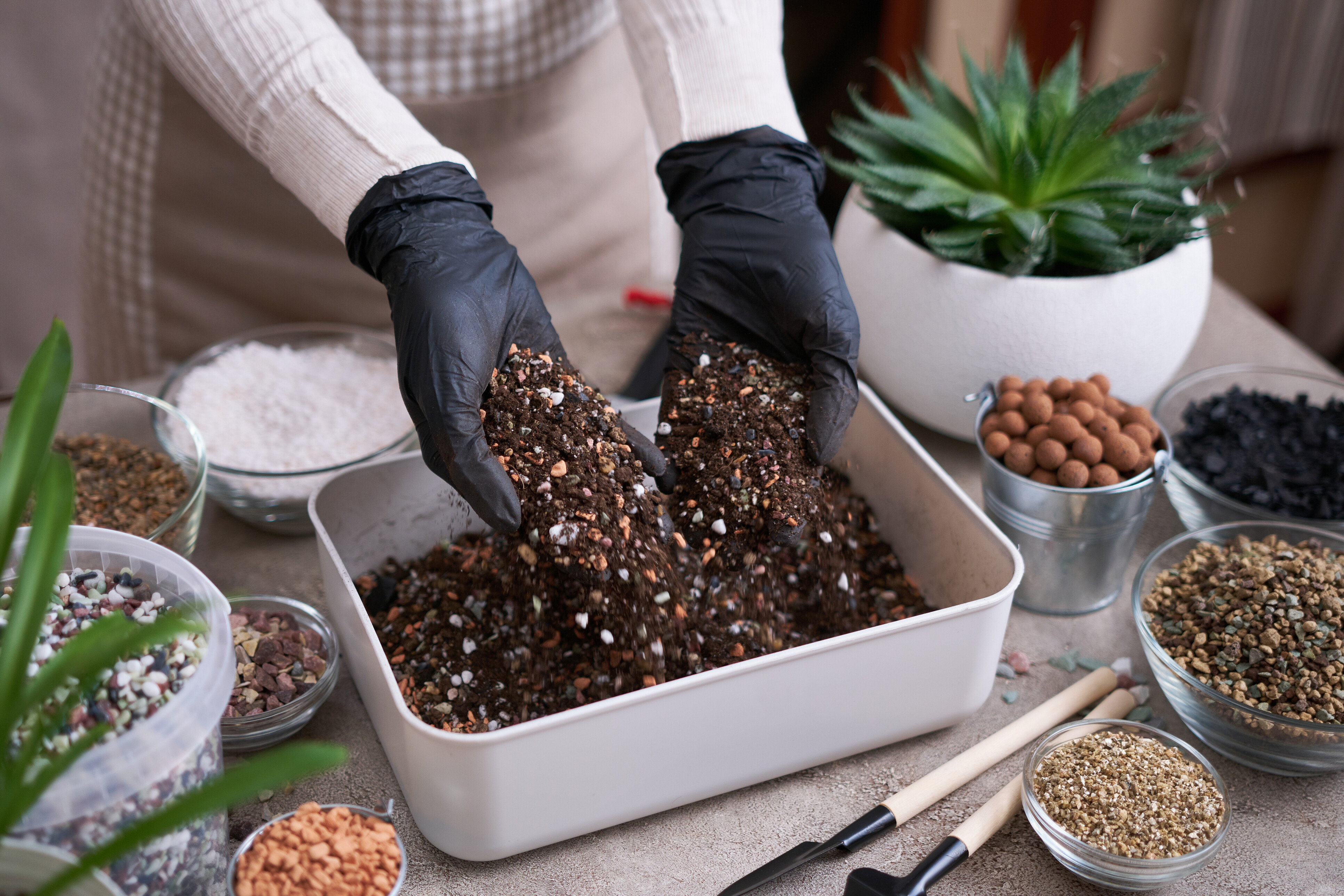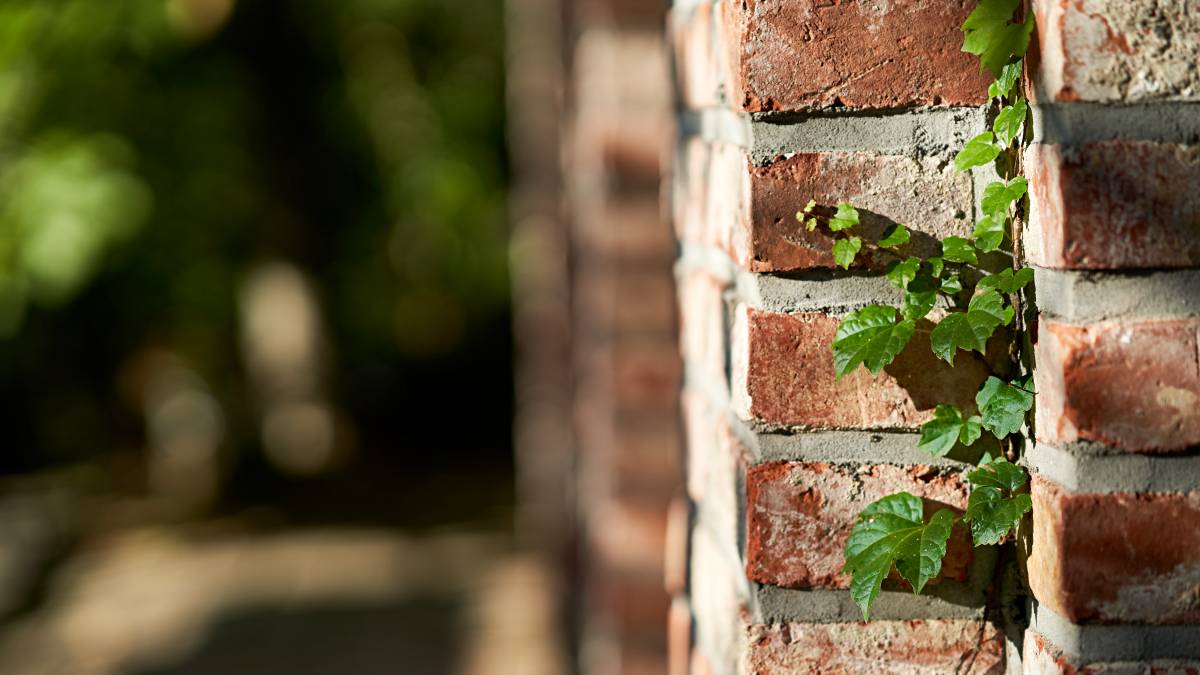- Home/
- Guides/
- Garden Planting/
- Perennial, Annual, and Biennial Plants

Perennial, annual, and biennial plants: How are they different?
Find a garden planterLast Updated on
Aside from being a rewarding hobby, gardening also requires a bit of mastery. Since we can’t just pick up any seed and expect it to produce quality results, learning how to garden means doing some studying.
For example, when deciding on which flowers and vegetables to plant in your garden, you’ve probably come across the terms “annual”, “perennial”, and “biennial” plants. Terms like these can sound daunting at first, but don’t worry: they’re easy to remember once you understand their purpose.
In this guide, we’ll discuss the differences among the three. Read on to find out more.
What are annual plants?

When defining annuals, it’s important to remember a plant’s life cycle. Annual plants live for one year, as opposed to biennials, which live for two years, and perennials, which typically last for more than three years.
According to Aggie Horticulture, annual plants “perform their entire life cycle within a single growing season”. Everything about the plant – from the roots, stems, and leaves – dies after a year, and only the seed remains.
Annuals are often sold in packs because they can create “instant” planting beds. There’s no need to wait for years before they bloom, and they can liven up your garden’s bare spots.
Do you have to replant annuals every year?

Yes! Annuals normally don’t grow back unless replanted. Annuals may only live for a short while, but they produce the most beautiful flowers for ornamental gardens. And if you want to prolong an annual’s life without replanting it yet, you could try deadheading. It’s a process where you cut off dead flower heads from the rest of the plant.
Annuals may need more frequent watering compared to biennials and perennials because most plants under this category have shallow roots. It’s best to establish a regular watering schedule to prevent your plants from wilting. When growing annuals, it’s also good to fertilise them regularly – around once or twice a month.
Types of annual plants
1. Tender or summer annuals
Tender annuals such as Marigold and Zinnia cannot tolerate cold weather. They should be planted when frost is unlikely.
2. Hardy or winter annuals
Hardy plants can tolerate colder temperatures and freezing conditions. Some examples are the Pansy and Snapdragon.
3. Half-hardy annuals
Plants under this category can withstand cooler temperatures and moderate frost. Some examples include Petunia and Calendula.
What is a biennial plant?

Biennial plants need two years to complete their life cycle. They will grow leaves and short stems for the first year or season. Mark the spots where you plant your biennials, so you don’t mistake the growing plants for weeds and accidentally pull them out.
Biennials will “bloom” and produce flowers, fruit, or seeds in the second year and eventually die. You can save your biennial seeds and replant them. Unlike annuals, biennial plants won’t need frequent fertilising as long as healthy fertiliser is mixed with soil when you first plant them.
Many vegetables fall under this category. Biennial flowers also include Foxglove, Hollyhock, and Sweet William.
What’s a perennial?

Perennials can survive for many years without having to be replanted. Unlike annuals and biennials, perennials don’t die after flowering. Instead, their roots remain alive, and they can flower again and again.
Another difference between annuals and perennials is that perennials are often sold individually (you can even have your potted plants delivered right to your doorstep). Due to their longer life span, they tend to be more expensive than annuals.
If you want to determine how many years perennials last, it will depend on the plant and seed you have. Short-lived perennials last for several years, while long-lived plants can live for decades!
Like biennials, most perennials won’t require regular fertiliser. And if you’re growing perennials from a seed, remember that it’s common for the plants not to flower for the first two or three years. This is because the plants are still building a root system. So, patience is key!
Types of perennial plants
1. Herbaceous perennials
According to Oregon State University, these “have soft, nonwoody stems that generally die back to the ground each winter.” Some examples include Garden phlox, Columbine, and Larkspur.
2. Woody perennials
These include trees, shrubs, and vines. They have woody stems that can withstand cold winter temperatures. Woody perennials are often used in park and arboretum landscapes.
3. Deciduous perennials
Plants under this category shed their leaves during a portion of the year, mostly during winter.
4. Evergreen perennials
Evergreens retain their leaves throughout the year.
5. Tender perennials
These plants flourish in warm climates but will need to be protected during winter. When the cold season is near, keep them in a safe place and replant them once the weather is warmer.
6. Hardy perennials
These plants can handle cold and frost without problems.
7. Half-hardy perennials
They can grow during cold weather but cannot sustain life if the cold persists.
Can a plant be both annual and perennial?

Yes, but this depends on the local climate and geographic growing conditions. For example, if your perennial is a tropical plant that cannot handle the harsh and cold environment, it may grow as an annual instead. It’s best to check your area’s planting zone to see how perennials will react to the climate.
☞ Learn more: Beginners guide to gardening
Time to get planting
Gardening is a rewarding endeavour, but it could be tough to do everything yourself! If you need a helping hand, you could pass on the task to a gardener near you. Post a task on Airtasker, who can help beautify your garden!
Related articles

How to build garden steps
Read more

How to trim bushes the right way
Read more

13 best spring gardening tips
Read more

25 ways to make money gardening
Read more

36 Quirky plant pot ideas you’ll love
Read more

How to clean landscape rocks
Read more

Your garden maintenance checklist
Read more

How to Start a Vegetable Garden
Read more

How to build a raised garden bed
Read more
Related price guides

How much does weeding cost?
Read more

How much does a gardener cost?
Read more

How much does mulch cost?
Read more

How much does a garden room cost?
Read more

How much does hedge removal cost?
Read more




